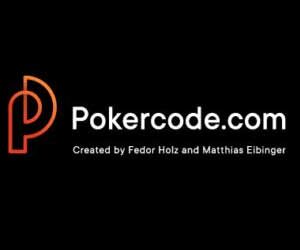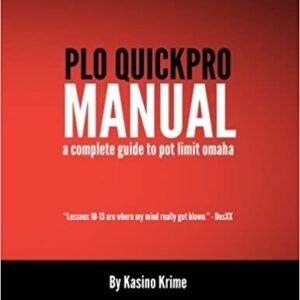Cardquant Dynamic Blind Defence
Learn the killer blind defence decision processes that have helped my high stakes
PLO clients stay ahead of the modern game
Even if you’re not a ‘math guy’
Even if you have not bought poker courses before
Even if you’re still new to PLO and transitioning from Hold’em
What’s inside the course:
- How the structure of the game gives rise to starkly different Game Trees depending on whether we are in the Small Blind or the Big Blind.
- The differences in range construction between the Big and Small Blinds which arise as a consequence of the difference in structure.
- Why the “Pot-Odds” model for a Small Blind call is a dead-end and how top players ensure their success by approaching calling differently
- How the value of QQ and JJ varies as the opening raise moves around the table. Learn to spot the key changes in side-card value so that you can
make the right decisions with these tricky hands. - The single most important factor in our metric for selecting playable hands from the Small Blind facing a raise
- How to stop struggling when your opponent uses a min-raise. Use my equity matrices to add playable hands to your range… without overcompensating
- The numbers that determine both Hand Polarity and Range Polarity and how to use these concepts to evaluate the 3-bet potential of a PLO hand.
- Proven heuristics for generating Value and Complementary 3-bet ranges from the Blinds against an open from EP, CO or the Button.
- How to identify the key hand buckets for building a 3-bet range against a Button open… and so save memory without sacrificing value.
- How to recognize the crucial categories of Merged Value Hands and Promotional Hands to enhance your Small Blind 3-bet ranges.
- A 3-step Decision Flow which tells you how to decide what to do in the Small Blind facing a raise.
- Board Maps for several key categories of 3-way pot. You can use these maps to guide your post-flop play after you call an open from the Small Blind.






Reviews
There are no reviews yet.